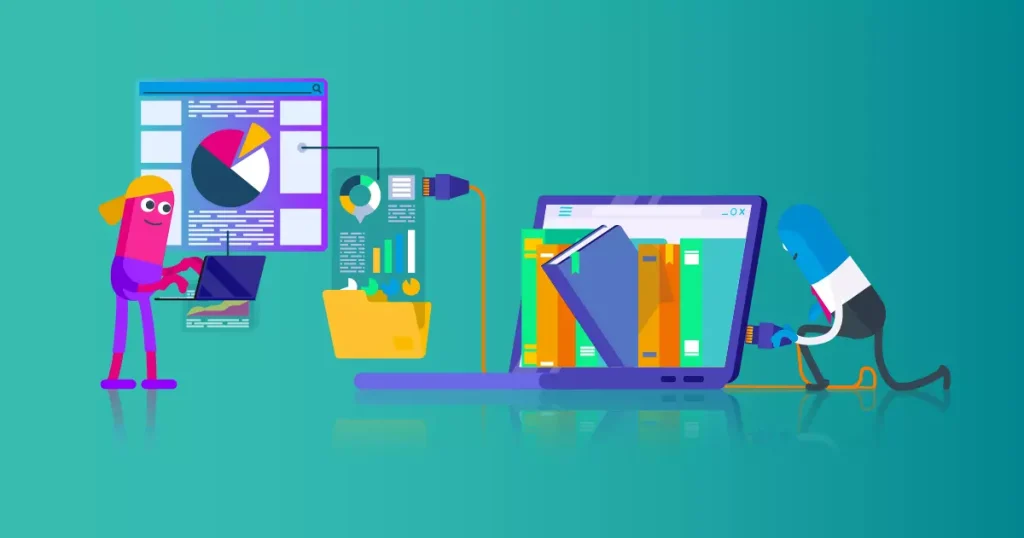
In the rapidly evolving world of educational technology, Learning Management Systems (LMS) like Moodle and Totara have become cornerstones in administering, documenting, tracking, and delivering educational courses and training programs. The benefit of these platforms is not only in their core functionalities but also in their ability to interconnect with other software systems through integrations. These integrations expand the capabilities of the LMS, streamline processes and create a more cohesive user experience.
Integrating Moodle and Totara can often mean enabling communication between these platforms and various third-party tools such as content repositories, productivity applications, customer relationship management (CRM) systems, and more. This interconnectivity enriches the learning environment allowing for a dynamic ecosystem that supports cohesiveness in training efforts.
So why integrate your LMS with other systems? Integrations can lead to:
1. Enhanced Learning Experiences: By integrating with tools like video conferencing apps or virtual classrooms, learners can benefit from interactive sessions that complement self-paced learning.
2. Automated Administrative Tasks: Integrating an LMS with administrative software can automate tasks such as enrollment, attendance tracking, and certificate issuance.
3. Better Data Management: Syncing LMS platforms with data analytics tools helps educators to monitor student progress effectively and develop insights-driven teaching strategies.
4. Extended Functionality: Incorporating external content libraries or e-commerce features can extend the functionality of an LMS to meet bespoke educational needs or commercialize course offerings.
Interconnecting Moodle with third-party applications is made possible by its open-source nature which encourages a community-driven approach to create plugins for integrations. Moodle’s robust plugin directory contains various integration options that cater to different needs.
Totara, while also open-source and built upon Moodle’s framework, targets corporate learning with an emphasis on workplace performance improvement. It also supports extensions through plugins designed specifically for professional development contexts.
To successfully implement LMS integrations:
a. Identify Requirements: Clearly outline what functionalities you need from the integration – whether it’s for analytics, communication or content management.
b. Assess Compatibility: Ensure that both the LMS and the third-party application have compatible APIs or plugin options available.
c. Plan Integration: Develop an integration plan that involves stakeholders across your organization including IT specialists, educators/trainers, and administrators.
d. Test Thoroughly: Before going live with an integration, conduct thorough testing to ensure data flows correctly and all systems communicate effectively without disrupting existing processes.
e. Train End-Users: Educate end-users on how to use the integrated system to ensure smooth adoption of new features or processes.
Interconnecting your Moodle or Totara LMS with other software applications can drive better educational outcomes and operational efficiencies if done thoughtfully. The synergy created from these integrations positions institutions and organizations to adapt quickly to changing educational needs while meeting learners where they are in an increasingly digital world.
